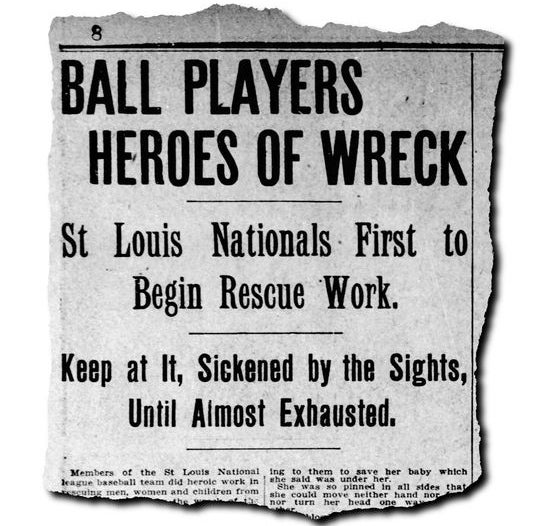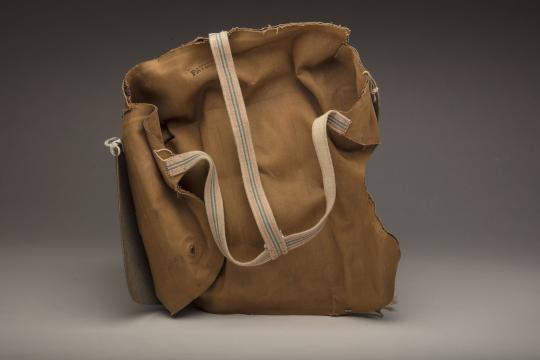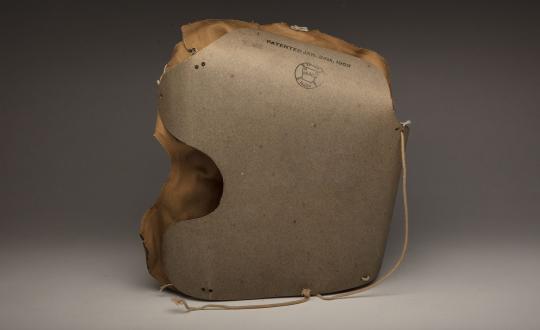- Home
- Our Stories
- #Shortstops: Protective innovation
#Shortstops: Protective innovation
The batting helmet is an essential piece of equipment in the game of baseball today. In the early days of the sport, however, there were no helmets for the batter to wear at the plate. They only wore the hat on their head, which did little to protect them from a beaning.
In 1905, the Reach Pneumatic Head Protector was introduced to help protect batters' heads at the plate. It was invented by Frank Pierce Mogridge and patented by the sporting goods manufacturer A.J. Reach Company.
In the advertisement promoting their newest product, the Reach Company boasted that their Pneumatic Head Protector would “restore the confidence of the player” and “inspire confidence in the timid batter who is afraid to hug the plate which is the secret of all successful batters.” The advertisement also showed a depiction of a batter wearing the protector and the purchase price, $5.
A Reach Pneumatic Head Protector is being preserved in the National Baseball Hall of Fame and Museum’s collection. The protector is a tan canvas inflatable headpiece with the Reach logo and the date that it was patented - Jan. 24, 1905 - stamped onto it.
Attached to the canvas is a blue and pink pinstriped elastic t-shaped headband that the batter would wear around his head. Inside the canvas is a rubber bladder that would be inflated manually by the batter through the air hole at the bottom of the canvas.
The Reach Pneumatic Head Protector never gained widespread acceptance in baseball. The most notable player to wear it during a game was New York Giants catcher Roger Bresnahan.
After getting beaned in the head by Cincinnati Reds pitcher Andy Coakley on June 18, 1907, the future Hall of Famer returned to the lineup the next month wearing the protector for a brief time before quickly abandoning it.
Matthew Carter was a curatorial intern in the Hall of Fame’s Frank and Peggy Steele Internship Program for Youth Leadership Development
Related Stories

Innovations that debuted in Spring Training

Same Game, Different Tools

Tracks of Cardinals heroes

#GoingDeep: Christy Mathewson, Helene Britton and the theater

Innovations that debuted in Spring Training

Same Game, Different Tools

Tracks of Cardinals heroes



